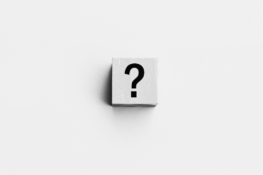59
Home » HOW TO GUIDE » DAILY LIFE » Japanese Recycling Symbols: A Simple Guide








